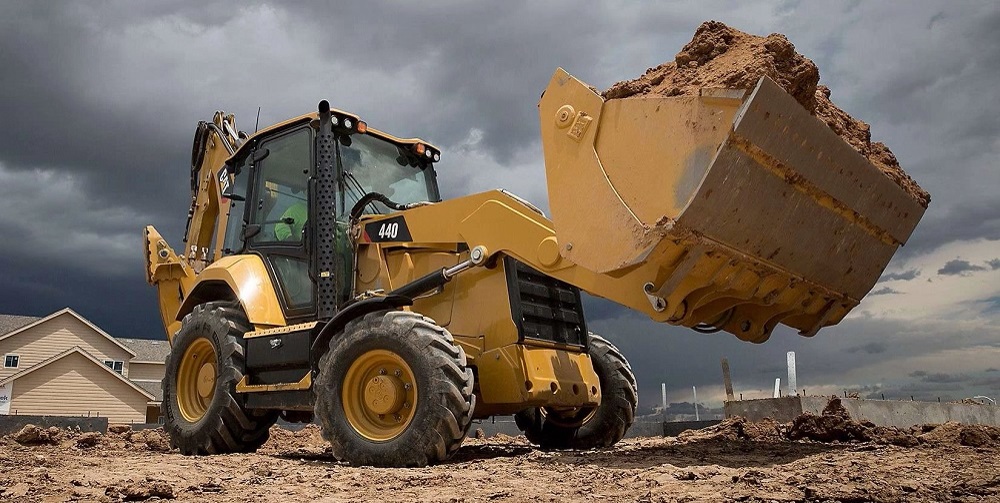Renting Vs. Buying Building Equipment: Making the Right Choice for Your Job
When embarking on a building and construction project, one of the vital decisions that predict stakeholders and managers face is whether to lease or acquire construction devices. The decision hinges on different elements such as cost considerations, job duration, devices maintenance, flexibility, scalability, and threat administration.
Expense Considerations
Leasing devices usually requires lower first repayments compared to buying, making it an eye-catching choice for temporary tasks or specialists with spending plan restrictions. In the lengthy run, continually renting out devices can build up higher costs than purchasing, especially for extended jobs.
On the various other hand, buying construction tools includes greater in advance expenses yet can result in long-lasting savings, especially for long-lasting jobs or constant customers. Having equipment supplies flexibility, comfort, and the potential for resale value once the project is completed. Furthermore, owning devices enables modification and knowledge with particular equipment, potentially enhancing efficiency and efficiency on-site. Eventually, the choice between acquiring and renting out construction tools depends upon the job's duration, regularity of usage, spending plan factors to consider, and long-term economic goals.
Task Duration

On the other hand, for long-term projects or continuous building and construction work, getting devices can be the extra economical choice. Investing in devices can cause cost financial savings in the long run, particularly if the devices will certainly be regularly used. Additionally, having tools supplies a feeling of control over its schedule and permits modification to fit particular project requirements.

Devices Maintenance
Given the crucial role job period plays in figuring out one of the most cost-effective technique between leasing and acquiring construction equipment, the emphasis now shifts in the direction of examining the necessary facet of devices maintenance. Proper maintenance is crucial for guaranteeing the ideal efficiency and longevity of building equipment. Leasing tools frequently includes the advantage of having actually well-kept machinery offered by the rental firm. This can relieve the problem of maintenance tasks from the project proprietor or professional, conserving effort and time. On the various other hand, possessing equipment calls for a proactive technique to upkeep to stop break downs, make sure safety, and expand the tools's life-span. Routine assessments, servicing, and prompt repairs are necessary to maintain owned equipment in leading working condition. Consider upkeep costs when deciding in between acquiring and renting, as neglecting upkeep can result in expensive repair work, downtime, and job delays. Inevitably, a well-kept construction tools fleet, whether leased or had, is crucial for the successful and efficient completion of Click Here construction tasks.
Adaptability and Scalability
In the world of building and construction tools administration, the facet of flexibility and scalability holds significant relevance for task performance and resource application. Opting to rent out construction tools gives a high degree of flexibility as it allows for the quick modification of tools kinds and amounts based on the advancing requirements of a job.
In addition, scalability, an additional important aspect, is naturally linked to flexibility. Leasing construction equipment offers the advantage of conveniently scaling procedures up or down as job demands rise and fall. Professionals can rapidly add or trade devices to match the job's altering needs without the constraints of owning possessions that might come to be underutilized or out-of-date. This ability to scale sources effectively can cause expense savings and enhanced project timelines, making renting out a favorable alternative for jobs needing adaptability and responsive resource allotment.
Threat Administration
Effective risk monitoring in construction devices procedures is vital to guaranteeing task success and mitigating potential financial losses. Construction jobs naturally include different threats, such as equipment break downs, mishaps, and project hold-ups, construction site forklift which can significantly influence the project timeline and budget plan. By very carefully considering the threats related to owning or renting building tools, task managers can make enlightened decisions to lessen these potential dangers.
Renting out building and construction devices can use a degree of threat reduction by transferring the responsibility of repair and maintenance to the rental company. This can minimize the monetary concern on the job owner in case of unforeseen devices failures (forklift rental). Furthermore, leasing offers the flexibility to gain access to specific equipment for specific task phases, reducing the danger of having underutilized equipment
On the various other hand, having building and construction tools provides a sense of control over its use and upkeep. However, this also means birthing the full duty for fixings, maintenance prices, and depreciation, raising the economic dangers connected with tools possession. Mindful risk assessment and consideration of variables such as project period, devices utilization, and maintenance needs are crucial in determining the most appropriate choice for efficient threat administration in building tasks.
Conclusion
Finally, when choosing in between acquiring and renting construction devices, it is necessary to consider expense, task period, devices maintenance, risk, versatility, and scalability monitoring. Each element plays an essential role in identifying one of the most appropriate option for the task available. By meticulously examining these aspects, job supervisors can make an educated decision that straightens with their budget plan, timeline, and general job goals.

Comments on “Mini Excavator Rental: Compact and Powerful Machinery”